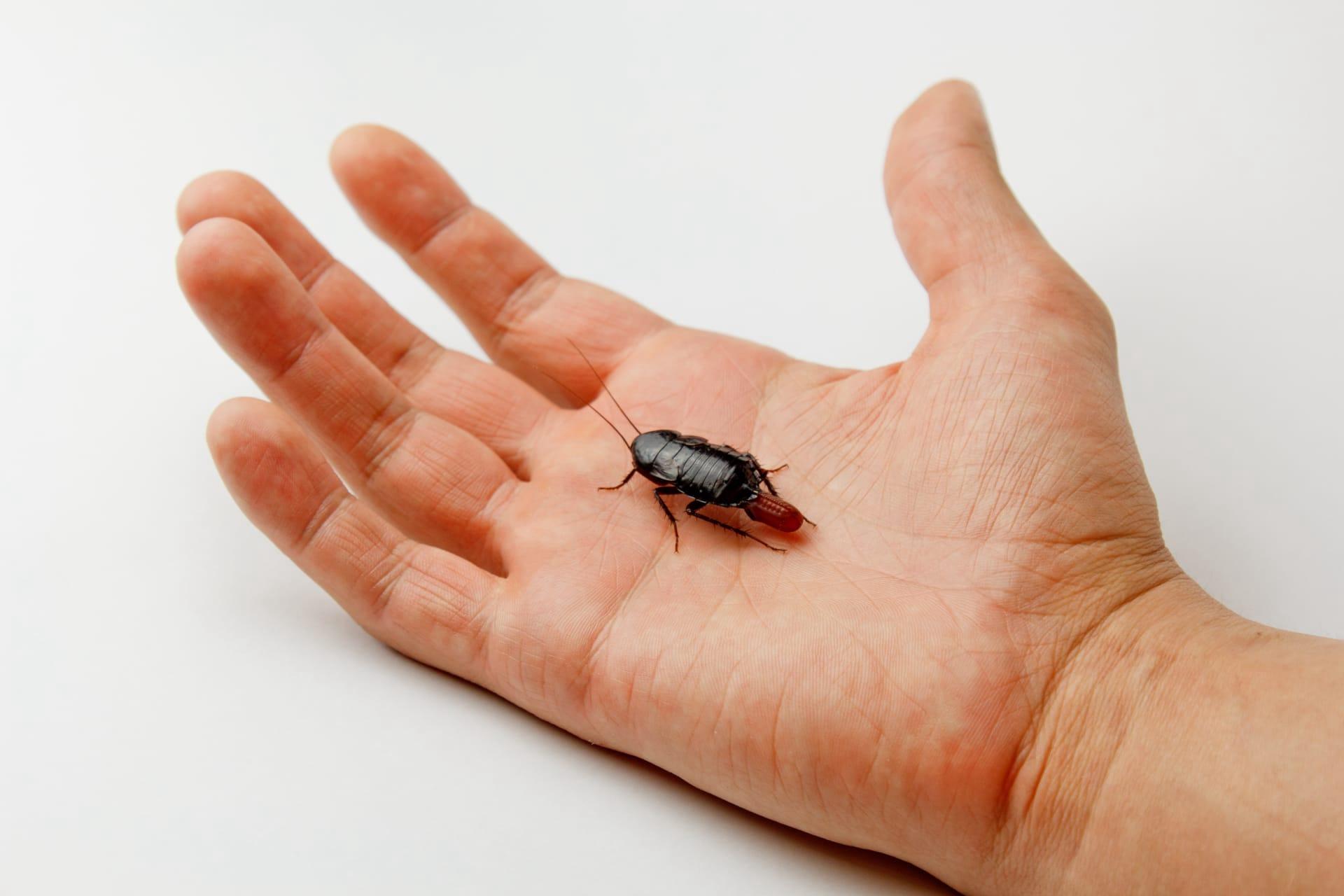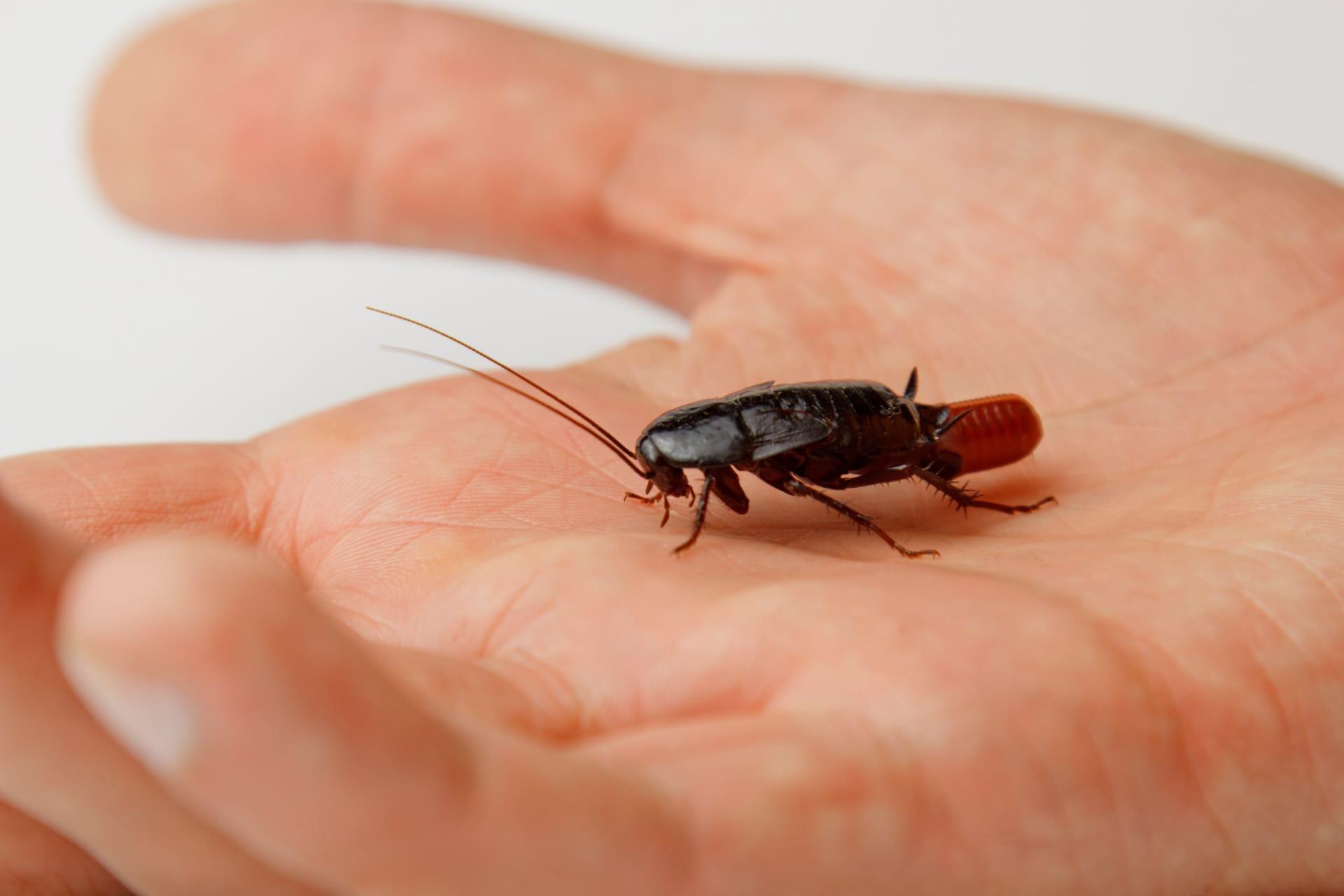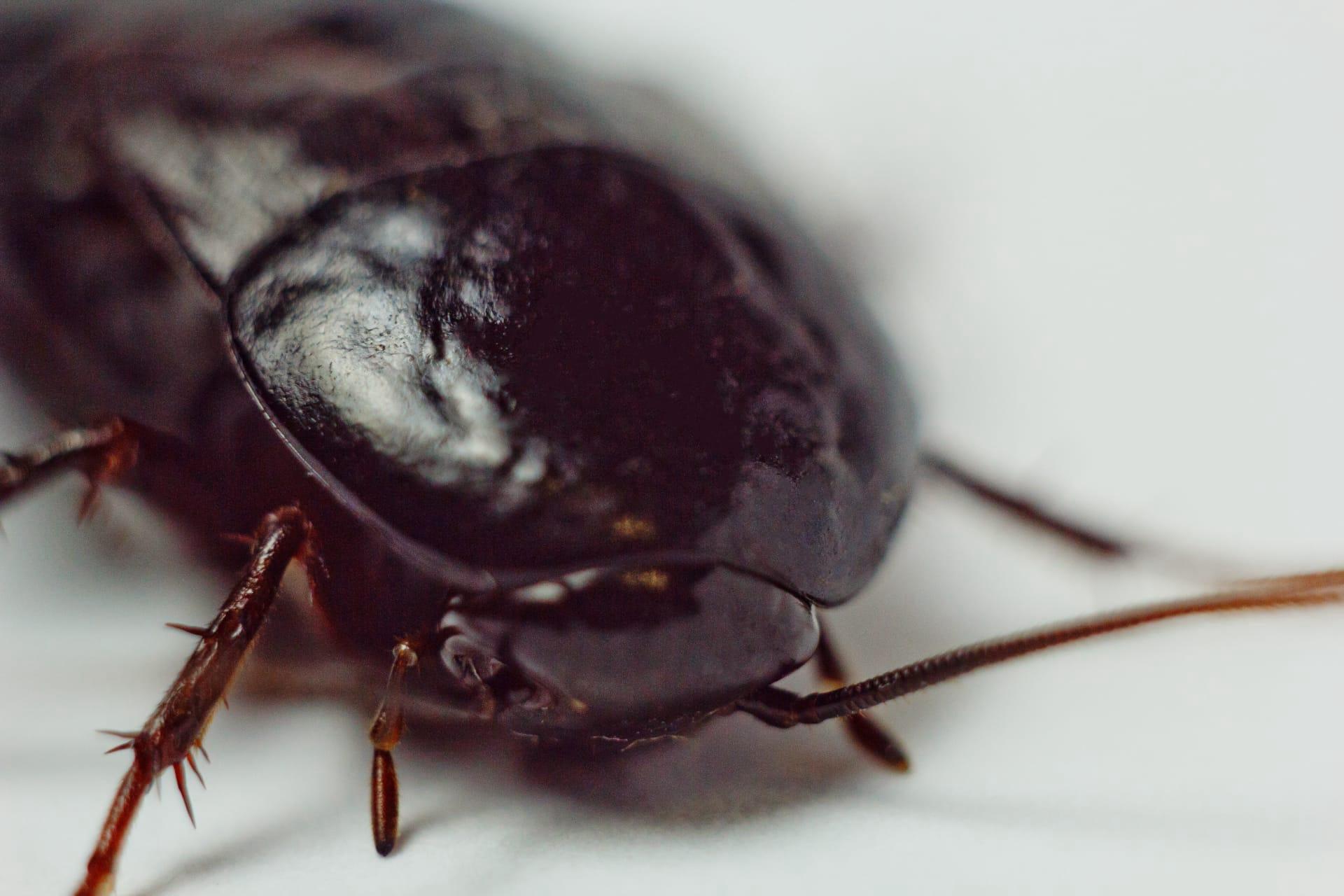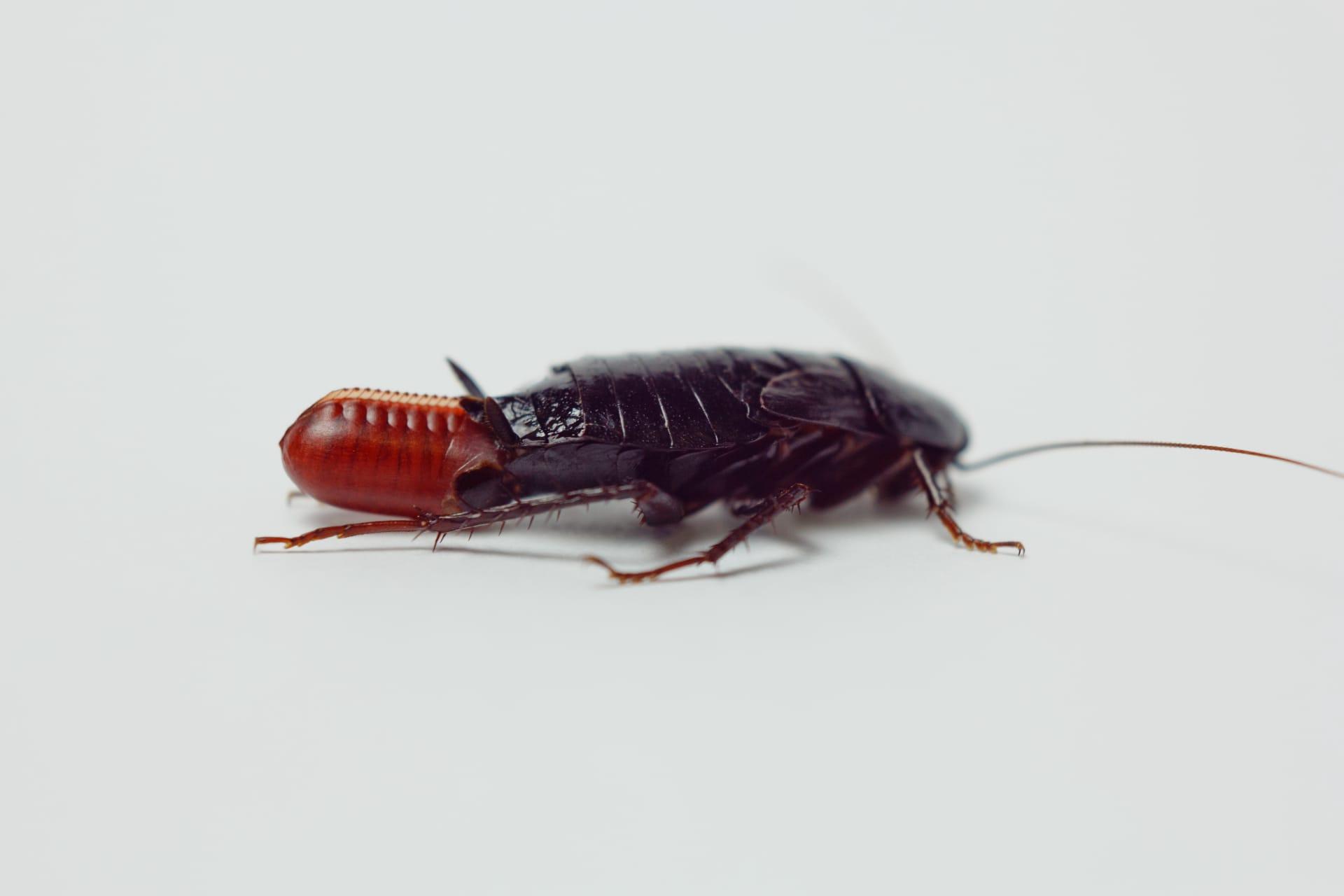1
Did you know that Oriental cockroaches, also known as "water bugs," are not great climbers? Their bodies are smoother and less sticky compared to other cockroach species, making it challenging for them to scale vertical surfaces. This is why they are often found scurrying on flat surfaces and rarely seen climbing walls. Their inability to climb well also limits them to ground-level dwellings, often in damp and dark environments.
Another intriguing aspect is their preference for cooler temperatures, which is unusual for cockroaches. Oriental cockroaches thrive in temperatures around 68°F (20°C), a stark contrast to other species that prefer warmer conditions. This preference leads them to seek out basements, crawl spaces, and other cool areas, making them a common household nuisance in cooler climates.

2
Oriental cockroaches have a unique survival strategy during winter: they slow down their metabolism significantly. This process, known as diapause, allows them to survive in colder temperatures by reducing their need for food and water. During this period, they become less active and their growth slows down, enabling them to endure harsh conditions that would be lethal to other insects.
Did you know that female Oriental cockroaches are more robust than males? Females can reach lengths of up to 1.25 inches (3.2 cm), while males are slightly smaller, measuring about 1 inch (2.5 cm) long. This size difference is not just about length; females also have a broader, heavier body structure compared to the slender build of males. This robustness in females is particularly interesting as it's a physical trait that's quite distinct in the insect world.

3
Oriental cockroaches are notorious for their slow reproduction rate, especially compared to other cockroach species. A female Oriental cockroach can produce up to eight egg cases in her lifetime, each containing around 16 eggs. This rate is significantly lower than other roaches, like the German cockroach, which can produce more egg cases with a higher number of eggs in each. This slower reproductive cycle somewhat limits their population growth, although they remain a persistent pest due to their hardy nature.
These cockroaches are not picky eaters and are known for their scavenging habits. They consume a wide variety of organic matter, including decaying plants, food scraps, and even starchy materials like book bindings and wallpaper glue. This diet flexibility allows them to thrive in diverse environments, from sewers and drains to homes and commercial buildings, as they can find food sources almost anywhere.

4
Oriental cockroaches have a rather peculiar way of spreading bacteria and pathogens. They carry these harmful agents on their legs and bodies while crawling through unsanitary places. When they enter homes or food preparation areas, they can contaminate surfaces and food items, potentially spreading diseases like E. coli and Salmonella. This makes them not just a nuisance, but a health hazard in the environments they infest.
An interesting fact about Oriental cockroaches is their limited flying ability. Unlike many other cockroach species, Oriental cockroaches have very short wings and cannot fly. The males have slightly longer wings than females, but they are still incapable of sustained flight. This ground-bound nature influences their habitat preferences and infestation patterns, often resulting in them being found in ground-level locations such as basements and ground-floor apartments.

5
Oriental cockroaches have a relatively long lifespan for insects. The entire life cycle, from egg to adult, can take anywhere from six months to a year, depending on environmental conditions like temperature and humidity. Adults can live for up to six months, which is quite lengthy compared to other household pests. This extended lifespan allows them ample time to find suitable habitats and food sources, contributing to their persistence in infested areas.
These cockroaches are known for their strong, unpleasant odor, which is more pronounced than in many other cockroach species. This odor is due to chemicals released from their bodies and can linger in areas where they are present in large numbers. The smell is often described as musty or oily, serving as a warning sign of an infestation. This distinctive odor is not only unpleasant but also contributes to their reputation as unwelcome and problematic household pests.